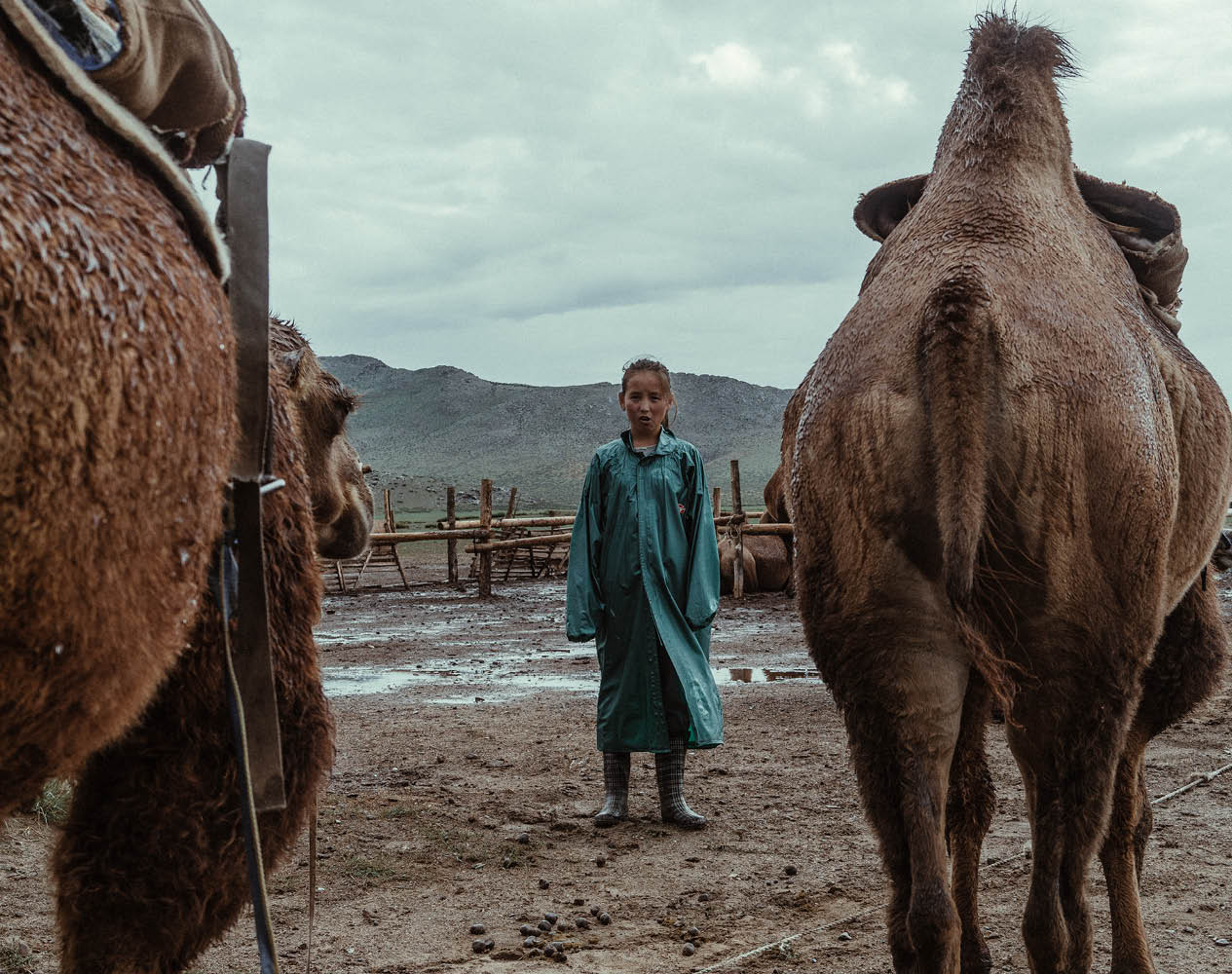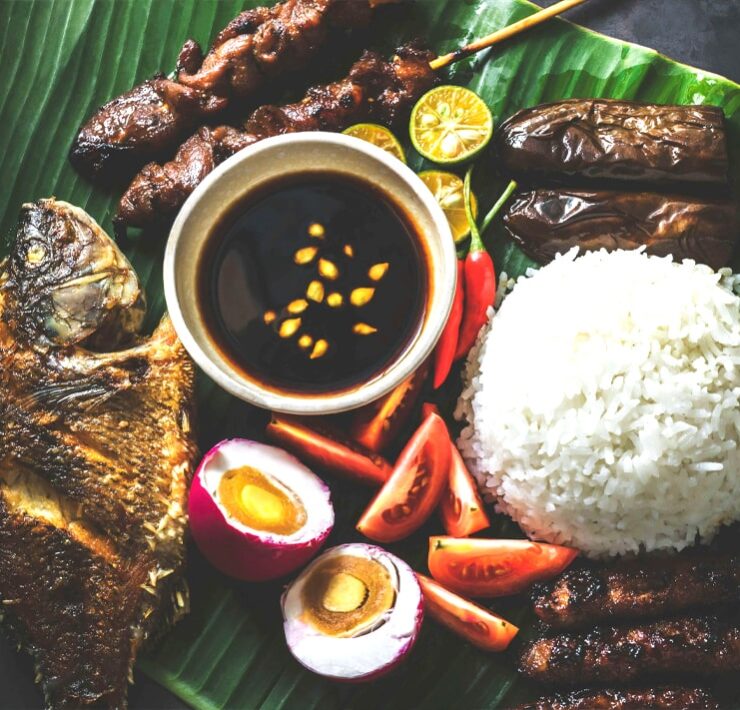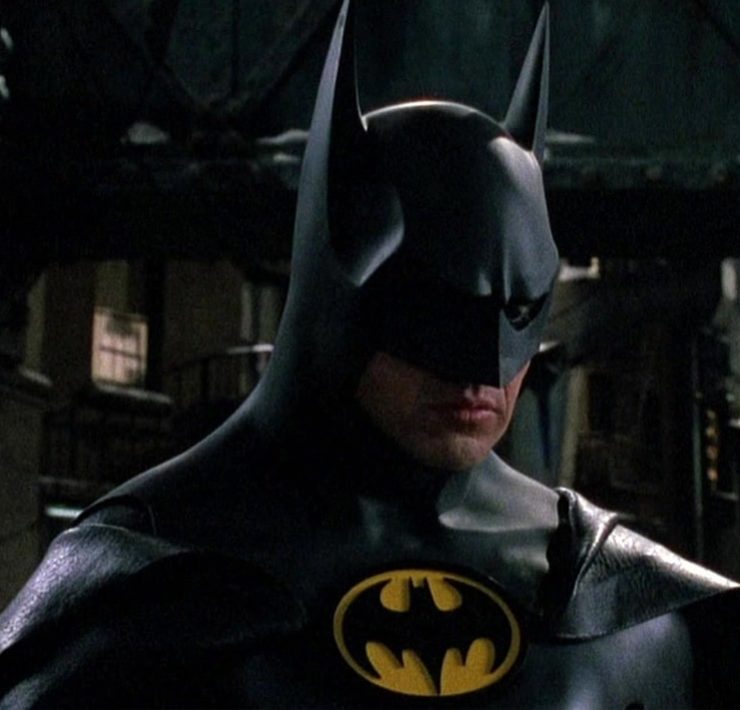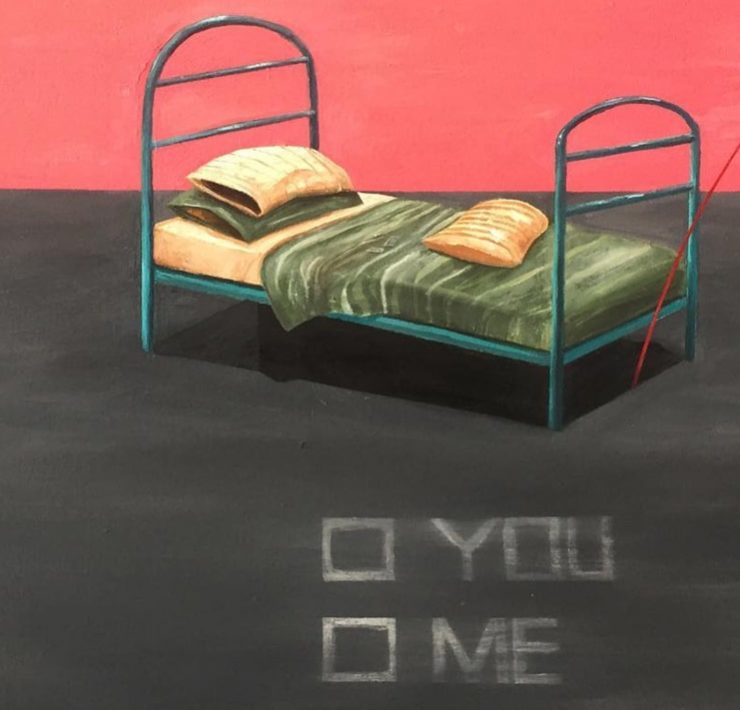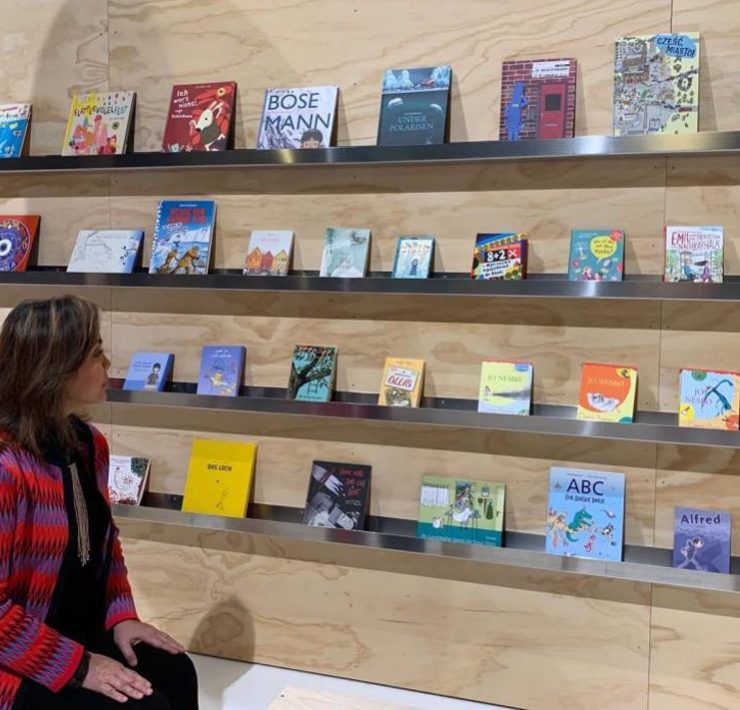The first ever Manila Biennale happens in February 2018, and here are all the important things you need to know about it

February is still a ways off, but here’s a reason to bookmark that month: the Manila Biennale, which opens on February 3 and will run until March 5.
It’s the first of its kind to happen in the Philippines, and it will be set inside the walled city of Intramuros.

But first: what’s a biennale?
A biennale, as per the online Oxford Dictionary, is a large art exhibition or music festival, especially one held biennially or every two years; you may have heard of the one in Venice, and even the hoopla that surrounded the selection of the country’s entry into the festival’s 2015 edition.
Though Manila has been holding its own art-themed fêtes through the years, the Manila Biennale aims to do something different. “At the Manila Biennale, nothing is for sale,” said Carlos Celdran, the figurehead of the event; he and his Walk This Way Tours are working in collaboration with VivaManila, the Intramuros Administration, Anthology Architecture and Design Festival, Fringe Festival, Pasinaya Festival, Design Center Philippines, Pink Shorts, Short + Sweet, and the Cultural Center of the Philippines to organize the exposition.
“Unlike the Art Fair Philippines, which I love, this will be about the experience and not the sale of art,” he continued during the Manila Biennale’s media launch. “The aim of this event is to bring the soul back to Manila through art.”

With the theme “Open City,” the Manila Biennale will emphasize Intramuros’ significance as the genesis of Manila culture, with its role as a port for the 250-year-long Galleon Trade, “a time when our capital opened itself up to the world and welcomed new ideas, products, and people,” the Manila Biennale’s press release states. “It will [also] be a tribute to Manila’s role in World War II, a vulnerable moment in December 1941 when Manila was cleared of all military presence and civilian run—a moment of freedom between two colonized periods of our history.”
Serving as both an homage to Intramuros and a memorial tribute to the 100,000 civilian lives lost during the Americans’ liberation of Manila in 1945, the exposition will transform the walled city’s gardens, plazas, museums, historic halls, and chambers into artist residency studios, galleries, performance venues, lecture halls, pop-up shops, and more.

Visitors to the previous years’ Manila Transitio 1945, an annual collaboration between Celdran, VivaManila, and the Intramuros Administration that commemorates the Battle of Manila, will find this idea familiar already. Since its first edition in 2009, the event has been using art, music, and community to remind the public of the walled city’s devastation at the end of the second world war, and how it is still reeling from its effects.
For the Manila Biennale, Manila Transitio will serve as the closing evening for its weeks-long series of community events.
The following are the exposition’s scheduled events and programs:
- February 3 to March 5: OPENCITY, a site-specific public art exhibition curated by Ringo Bunoan
- February 21: OPENCITY Intramuros Artists’ Ball at the Casa Manila and Casa Blanca
- February 22 to 24: OPENCITY lectures, fashion shows, performances, and events in various sites around Intramuros
- February 25: OPENCITY Manila Transitio Memorial Festival at the Casa Manila, Plaza San Luis, and Puerta Real
Celdran says there will be 44 exhibiting artists and 24 performance artists who will participate at the Manila Biennale, all a mix of local and foreign names and working with various mediums and creative disciplines. “We’re targeting about 60,000 guests to attend the exposition,” he adds.
Given that, the organizers will be implementing the use of Manila Biennale passports to help make navigating through Intramuros more convenient. Starting this month, it’s available for the pre-sale price of Php3,750.00. Come nearer the exposition, it will cost Php5,300.00.

Though a Php880 day pass will be available to non-passport holders during the Manila Biennale (students can avail this for only Php350), there are certain perks that will be available exclusively to those who do have one: access to all the sites, events, and experiences that are not available to the average Intramuros visitor; entrance to all of the curated exposition spaces; free electric jeepney rides between all exhibition sites within Intramuros; free entrance to all parks and museums of Intramuros and its partner museums; VIP concierge services inside the VIP lounge, including free Wi-Fi and refreshments; and an invitation to the masquerade Artist’s Ball.
Passport holders will also be given priority reservations for all lectures, programs, and special exhibitions of the Open City programming between February 21 and March 5, as well as exclusive invitations to specially planned events and parties of the Manila Biennale sponsors.
Only 1,250 passports will be available, and a person can buy only one passport, which will be non-transferable.
The passport can be bought online and at special retail spaces in Manila.
To purchase a Manila Biennale passport and to know more about the Manila Biennale, follow its Facebook and Instagram accounts or contact the organizers at opencity@manilabiennale.ph.
Photos courtesy of the Manila Biennale.







